The San Francisco of decades past—with its Bohemian spirit, affordability, and artistic vibrancy—has undeniably changed. While the city by the Bay remains beautiful, many longtime residents and visitors lament the transformation that’s come with tech wealth and changing demographics. The coffee shops where poets scribbled verse have become sleek co-working spaces, and the neighborhoods once filled with musicians and artists now house tech executives and venture capitalists.
Here is a list of 16 cities around the world that capture elements of what made old San Francisco special—places where creativity, counterculture, stunning geography, and architectural charm still coexist.
Portland, Oregon

Just 600 miles north of San Francisco, Portland maintains the creative energy and independent spirit that once defined the Bay Area. The city embraces its weirdness with neighborhood bookstores, craft breweries, and food carts that champion individuality over conformity. Victorian and Craftsman homes dot tree-lined streets reminiscent of San Francisco’s residential neighborhoods, while nearby natural attractions provide the same escape to nature that Bay Area residents cherish.
Portland’s commitment to progressive values and environmental consciousness mirrors San Francisco’s political heritage, though the rainy climate fosters a different atmosphere than the Bay Area’s foggy microclimate.
New Orleans, Louisiana
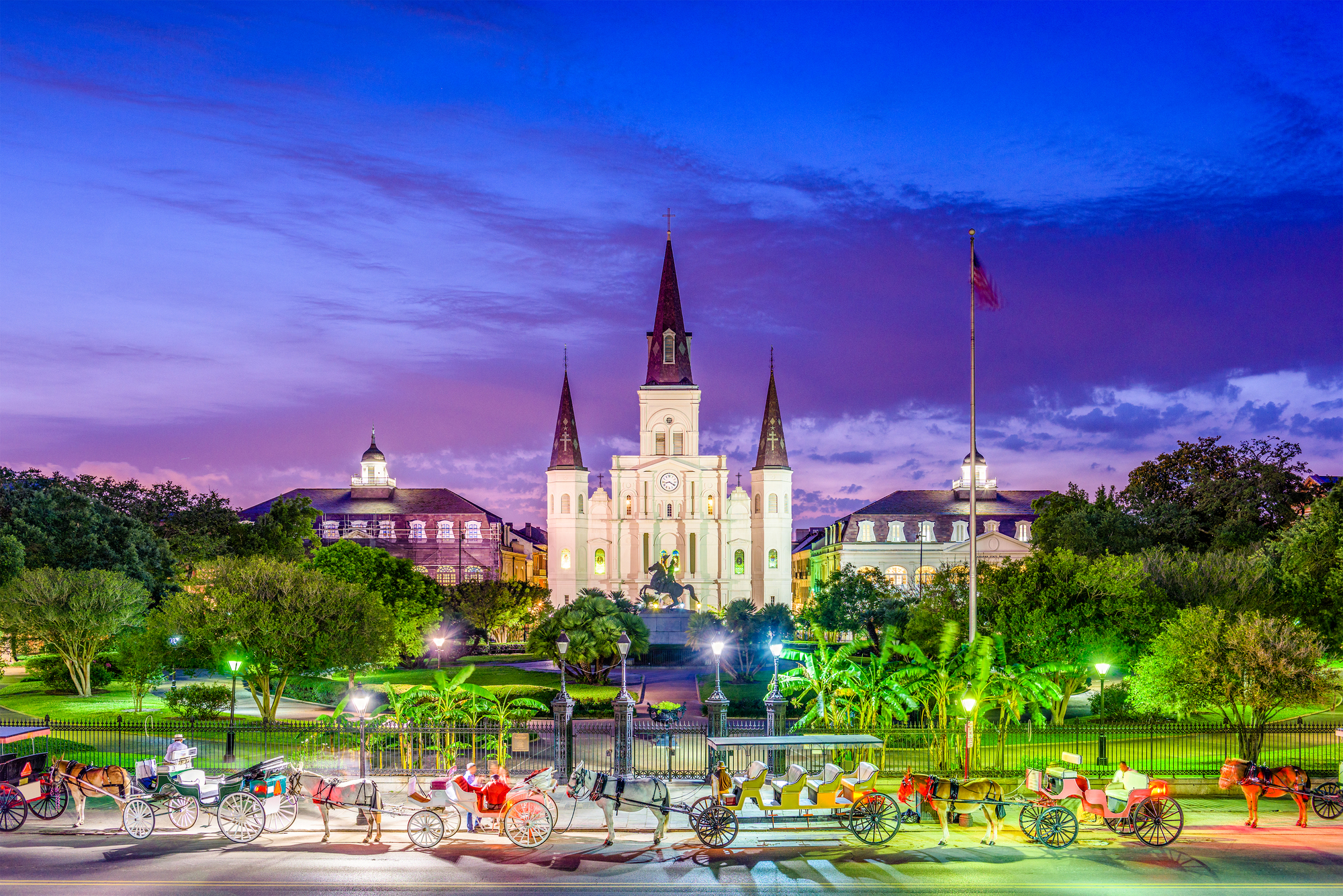
Few American cities have preserved their unique culture against the tide of homogenization, quite like New Orleans. The Crescent City offers the same colorful architecture and walkable neighborhoods that made San Francisco special, with a similarly deep appreciation for food, music, and celebration.
NOLA’s historic buildings and distinctive neighborhoods each maintain their character, much like the San Francisco of old, where areas like North Beach, the Mission, and Haight-Ashbury each tell a different story. Though lacking San Francisco’s hills and bay views, New Orleans compensates with unmatched cultural authenticity and a population fiercely committed to preserving the city’s soul despite numerous challenges.
Like Travel Pug’s content? Follow us on MSN.
Lisbon, Portugal
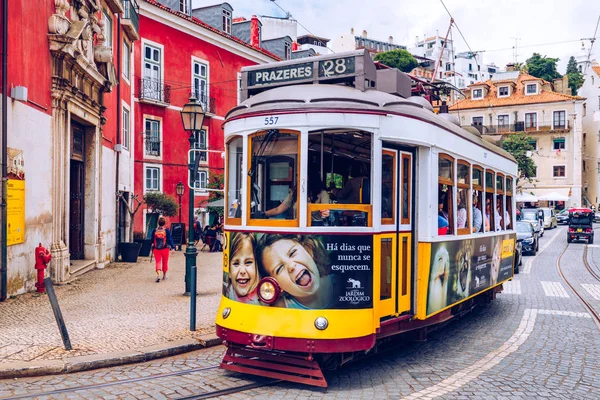
The seven hills, historic cable cars, colorful houses, and magnificent bridge make comparisons between Lisbon and San Francisco almost too obvious. Beyond these physical similarities, Lisbon captures the artistic energy that once animated San Francisco, with creative types drawn to affordable neighborhoods undergoing revival.
The Portuguese capital combines architectural charm with dramatic topography and maritime influence, creating stunning vistas around nearly every corner. Lisbon’s fado music tradition parallels San Francisco’s historical connection to jazz and counterculture movements, giving the city an authentic cultural backbone that transcends tourist attractions.
Valparaíso, Chile
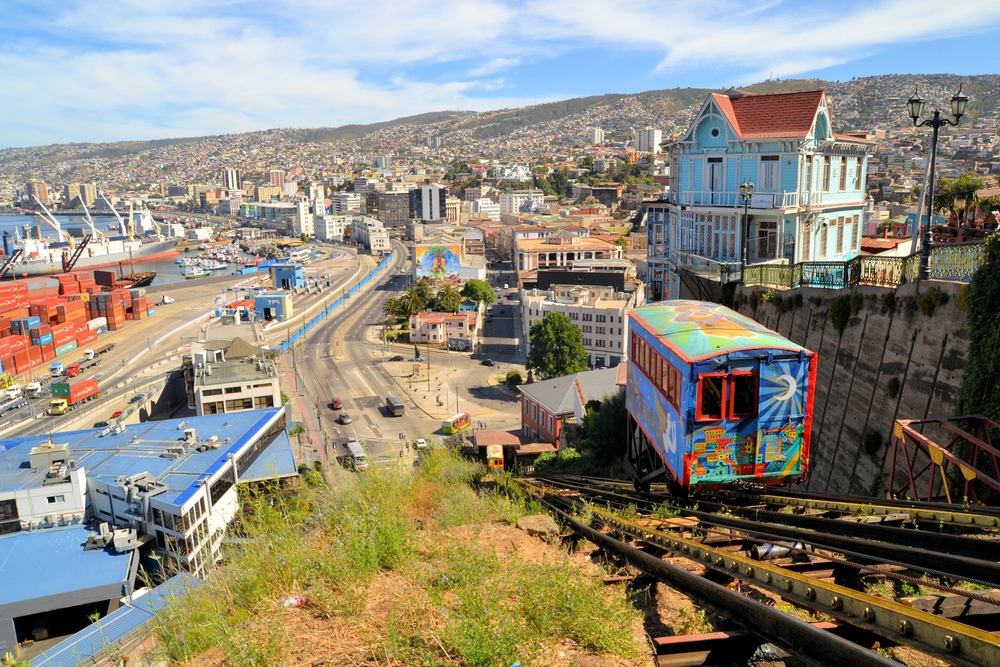
This South American port city mirrors San Francisco’s dramatic geography with colorful houses cascading down steep hillsides toward the Pacific. Once prosperous, then declining, and now experiencing a creative revival, Valparaíso’s narrative arc parallels San Francisco’s multiple reinventions.
Funiculars carry residents up precipitous slopes while street art transforms entire neighborhoods into open-air galleries. The bohemian atmosphere attracts poets, painters, and musicians who fill the city’s winding streets with creative energy. Though smaller than San Francisco, Valparaíso captures that magical combination of spectacular setting, architectural character, and artistic soul that defined the Bay Area’s golden era.
Burlington, Vermont
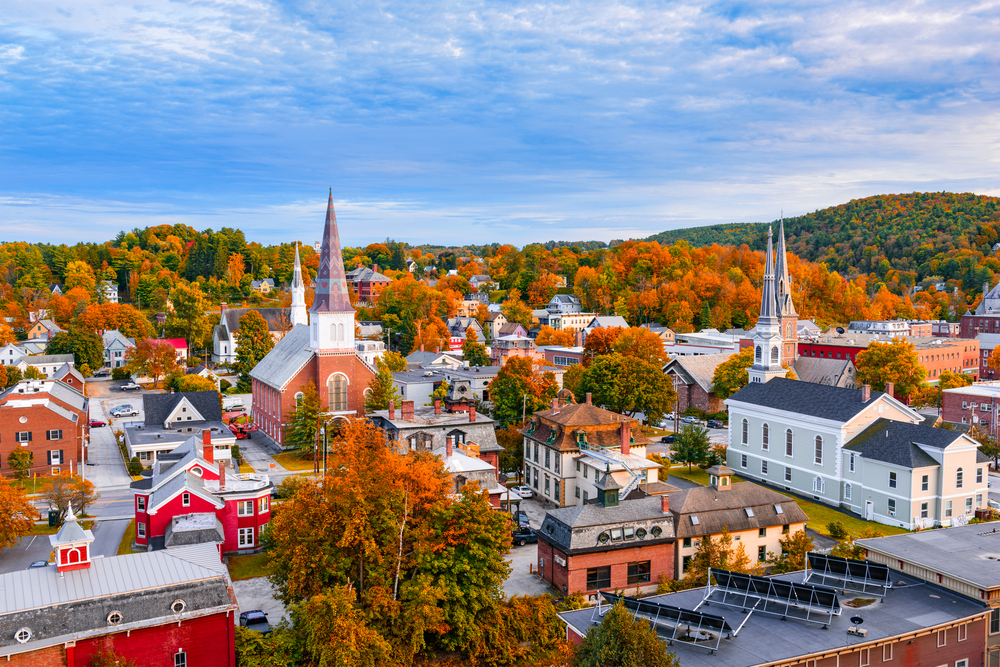
This small New England city packs remarkable diversity and progressive energy into its compact footprint along Lake Champlain. Burlington’s commitment to environmental sustainability, local businesses, and inclusive community values echoes San Francisco’s historical priorities before corporate influence became dominant.
The walkable downtown features independent shops, farm-to-table restaurants, and a thriving arts scene supported by a population that values creativity over conformity. While winter brings challenges unknown to San Franciscans, the dramatic seasonal changes provide a natural rhythm that connects residents to the surrounding landscape in ways reminiscent of Bay Area residents’ relationship with their natural environment.
Like Travel Pug’s content? Follow us on MSN.
Naples, Italy

Beneath Naples’ gritty exterior lies a city of extraordinary depth and authenticity that recalls San Francisco’s rougher edges before gentrification smoothed them away. The Italian city’s dramatic setting on its bay with Mount Vesuvius looming in the background creates spectacular vistas comparable to San Francisco’s panoramas.
Neighborhoods retain distinct identities and histories, while the population maintains fierce local pride and resistance to outside influence. Naples’ food culture—where traditional techniques and local ingredients remain sacred—parallels the Bay Area’s food revolution before it became commercialized, offering authenticity that comes from evolution rather than invention.
Wellington, New Zealand
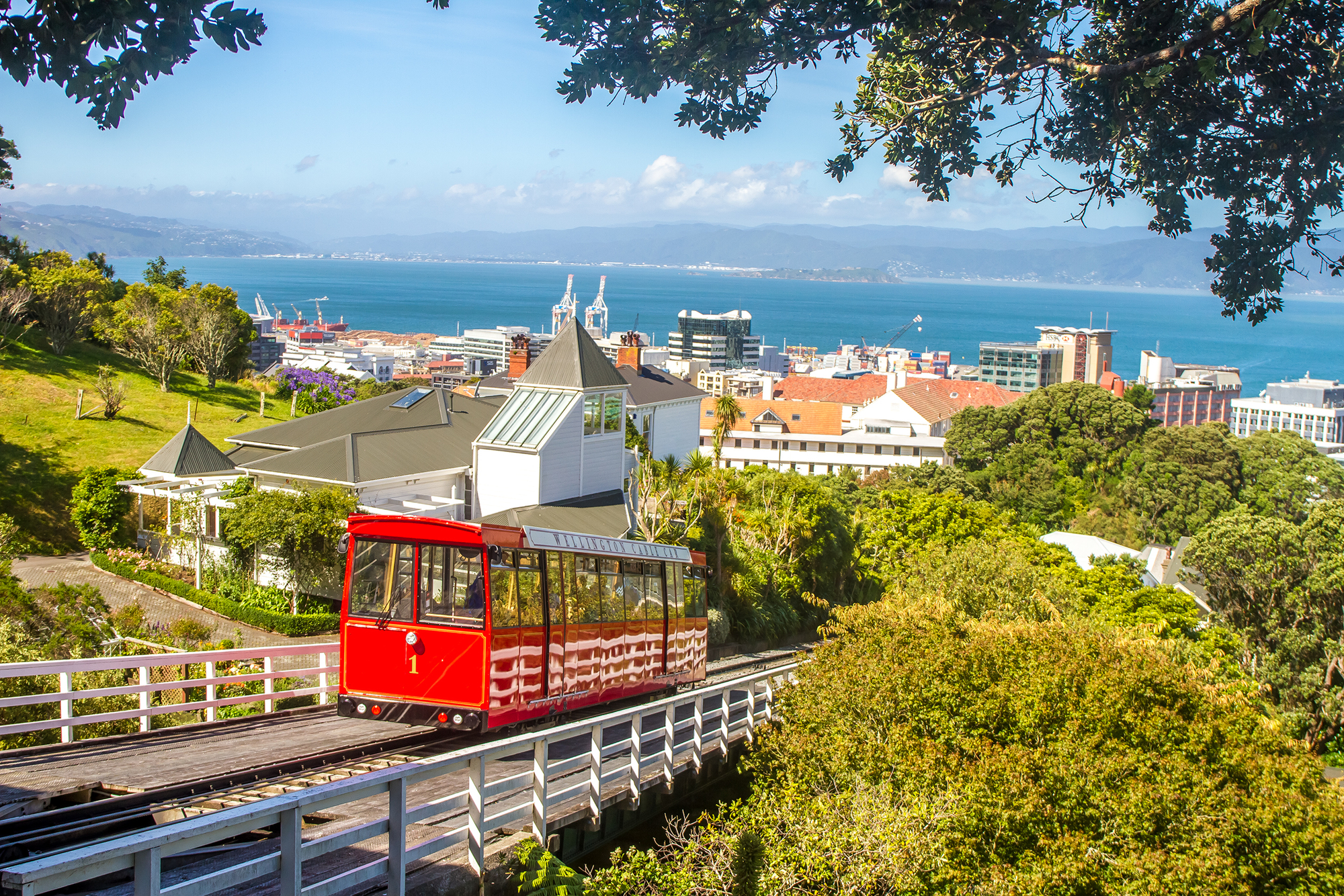
New Zealand’s capital combines San Francisco’s dramatic harbor setting with a similar commitment to progressive politics and environmental awareness. Compact enough to remain walkable yet diverse enough to support vibrant cultural institutions, Wellington balances urban amenities with easy access to nature.
The city’s steep hills lined with timber houses create streetscapes reminiscent of San Francisco’s residential areas, while strong coffee culture and farm-to-table dining reflect similar culinary values. Wellington’s creative sector thrives through film, music, and visual arts, supported by residents who prioritize quality of life and cultural richness over corporate careers.
Salvador, Brazil
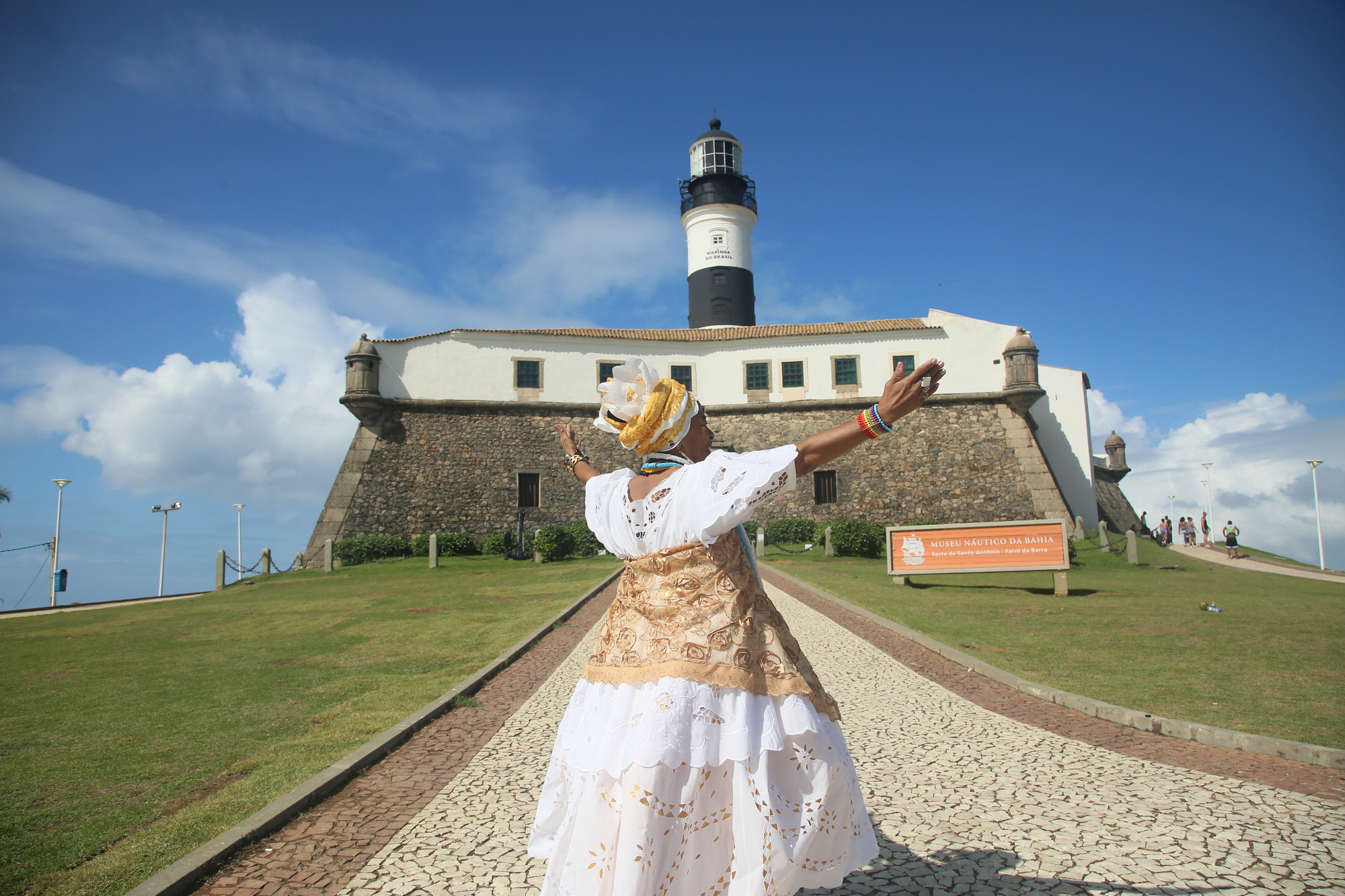
The most African-influenced city in Brazil captures San Francisco’s historical role as a meeting point for diverse cultures, creating something entirely new. Salvador’s colorful colonial architecture in the Pelourinho district recalls San Francisco’s painted ladies, while its position on All Saints Bay creates stunning water views from multiple vantage points.
The city’s renowned music and culinary scenes grow from authentic cultural roots rather than market-driven trends. Salvador embraces its complex history rather than sanitizing it for consumption, maintaining the kind of authentic edge that characterized San Francisco neighborhoods before they became investment properties rather than living communities.
Like Travel Pug’s content? Follow us on MSN.
Barcelona, Spain

Before overtourism challenged its authenticity, Barcelona embodied the perfect balance between Mediterranean charm and urban innovation that made San Francisco special. The Catalan capital’s distinctive architecture—from Gothic quarters to Gaudí masterpieces—creates the same visually stimulating environment that defined San Francisco.
Neighborhoods like Gràcia maintain the village-within-a-city feeling that characterized areas like Noe Valley or Cole Valley in their prime. Barcelona’s tradition of civic engagement and political activism mirrors San Francisco’s history of progressive movements, while its balance of urban beaches, cultural institutions, and vibrant street life creates a similarly dynamic blend.
San Miguel de Allende, Mexico
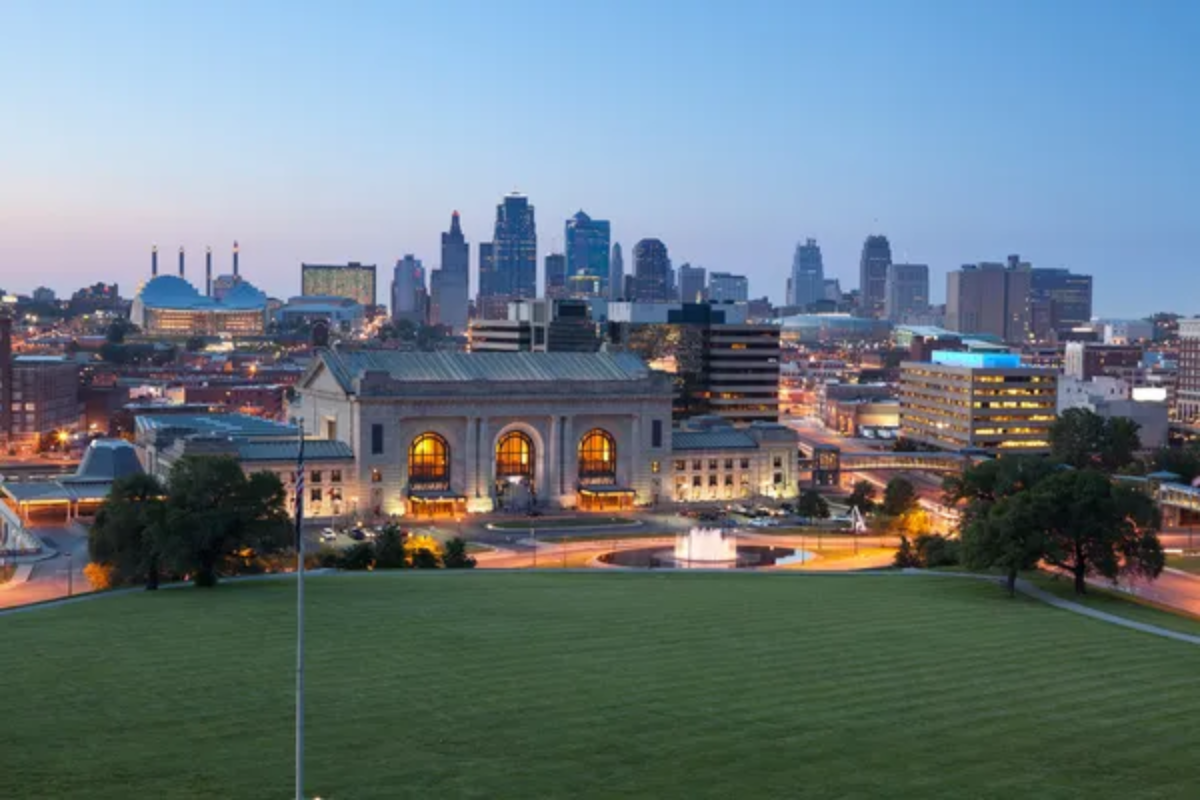
This colonial gem in Mexico’s central highlands has attracted American artists and writers since the 1950s, creating parallels to San Francisco’s historical role as a creative haven. Cobblestone streets wind past colorful buildings housing galleries, studios, and performance spaces, while the regional cuisine maintains its authenticity despite international influence.
The mixture of expat creatives and local traditions has produced a unique cultural hybrid without surrendering to complete gentrification. The city’s manageable scale and walkability foster the kind of neighborhood connections that once defined San Francisco communities before digital isolation became the norm.
Asheville, North Carolina
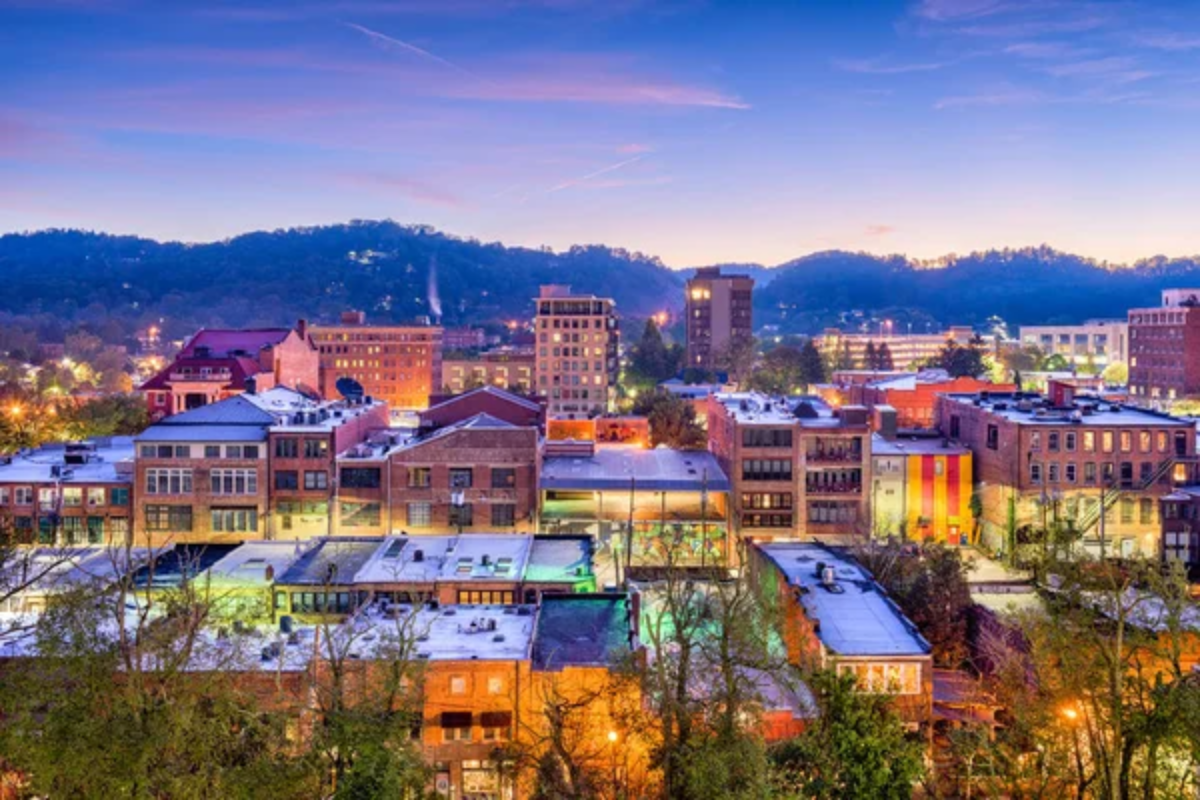
Nestled in the Blue Ridge Mountains, Asheville combines natural beauty with a thriving arts scene and progressive values in ways reminiscent of San Francisco’s balanced urban-natural environment. The city’s Art Deco downtown survived urban renewal that destroyed similar areas in other cities, maintaining architectural character while evolving organically.
Independent businesses still outnumber chains, while the surrounding mountains provide the same escape to nature that made the Bay Area special. The population includes both traditional mountain residents and creative newcomers who’ve established genuine dialogue rather than displacement, maintaining an authentic cultural fabric woven from diverse threads.
Like Travel Pug’s content? Follow us on MSN.
Aarhus, Denmark
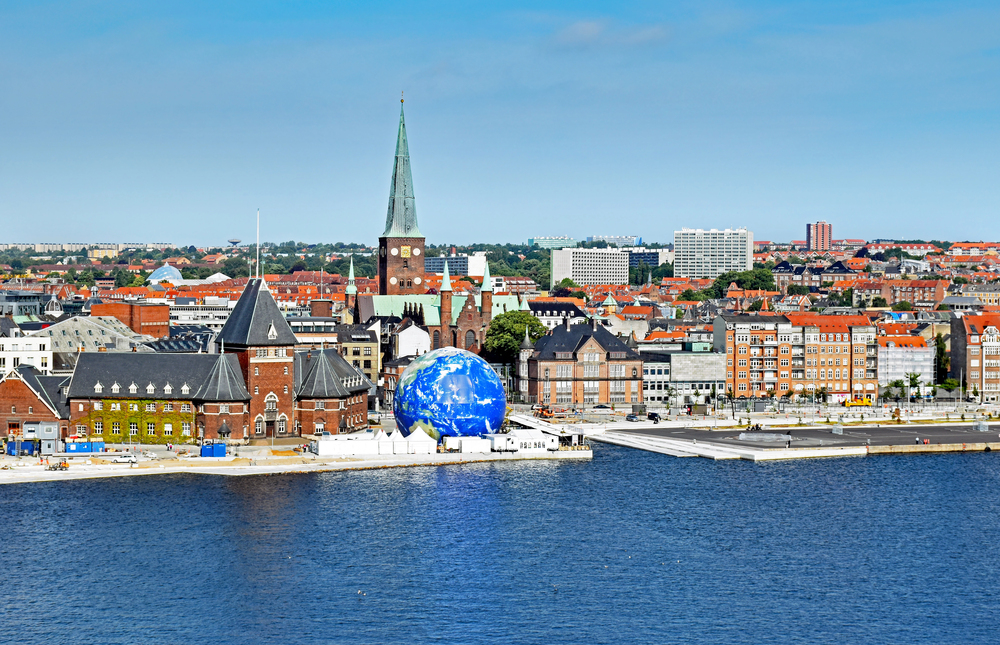
Denmark’s second city offers the progressive values and design-conscious environment that once defined San Francisco but with greater accessibility and less extreme wealth disparity. Historic buildings blend seamlessly with bold contemporary architecture, creating an evolving urban landscape that honors its past while embracing innovation.
Pedestrian-friendly streets, excellent public transportation, and bicycle infrastructure foster the kind of human-scale urbanism that San Francisco pioneered before car culture dominated. The university ensures continuous intellectual vitality, while the surrounding fjord landscape provides natural beauty comparable to the Bay Area’s dramatic setting.
Taipei, Taiwan
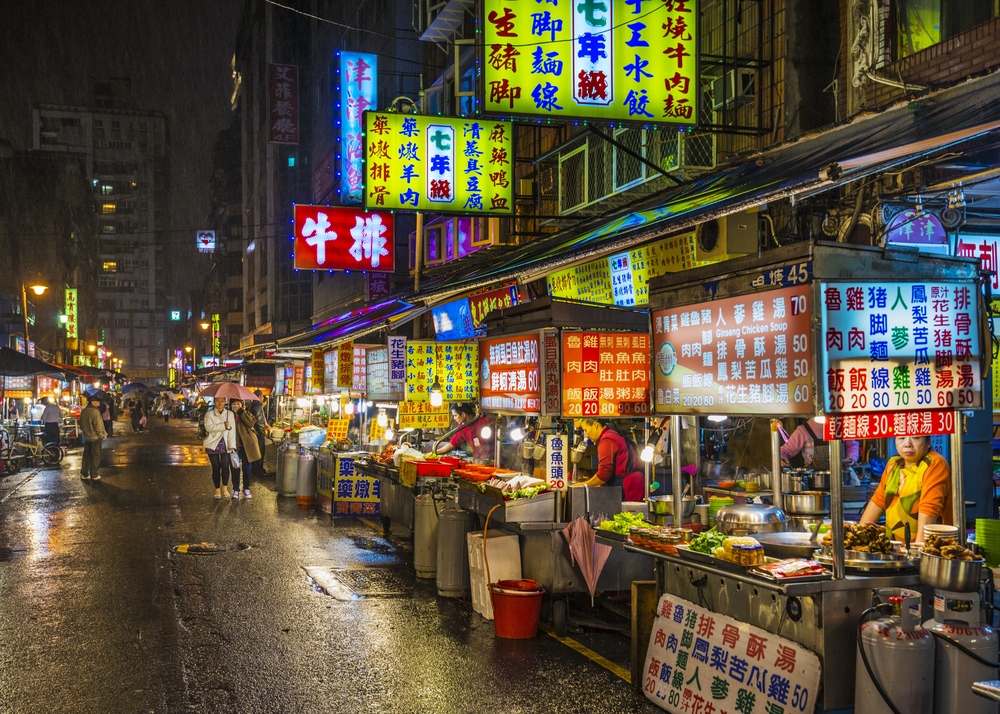
This East Asian capital combines San Francisco’s food obsession, mountainous setting, and progressive attitudes with a traditional culture that remains vibrant rather than commodified. Night markets offer affordable culinary adventures comparable to the Mission District’s earlier days, while creative industries flourish without displacing traditional businesses.
Historic neighborhoods maintain their character adjacent to modern developments, creating an urban fabric that evolves organically rather than through wholesale replacement. Taipei’s efficient public transportation system achieves what BART and Muni originally promised, while its inclusive attitude toward diverse lifestyles mirrors San Francisco’s historical acceptance of counterculture communities.
Adelaide, Australia
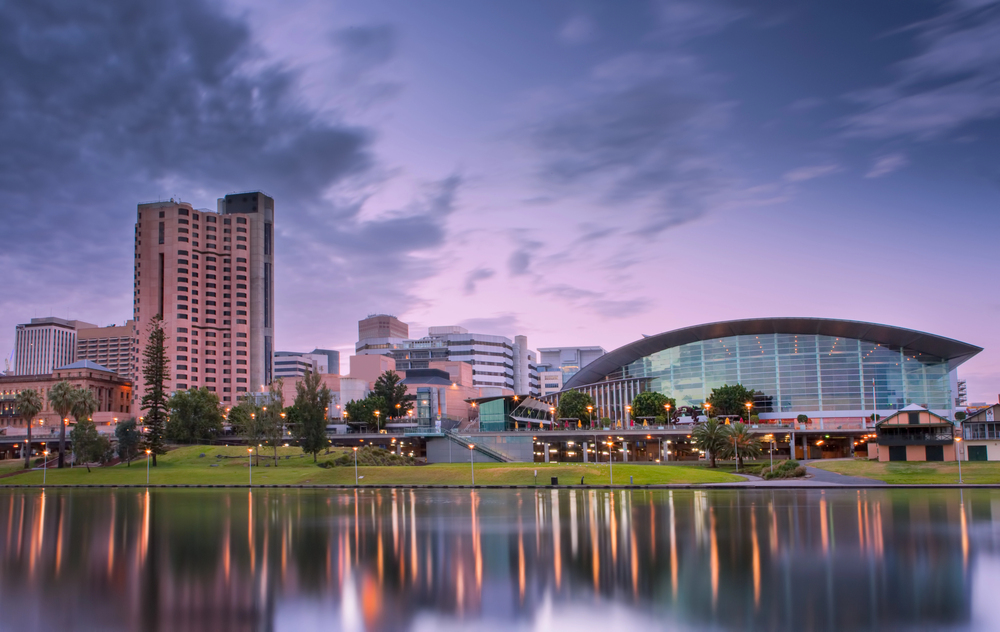
Often overshadowed by Sydney and Melbourne, Adelaide delivers the combination of cultural richness and livability that characterized San Francisco before the cost of living became prohibitive. The city’s colonial architecture remains intact in a walkable core surrounded by generous parklands that create breathing space lacking in more compressed urban environments.
Adelaide’s renowned festival culture channels the creative energy that once animated San Francisco’s cultural scene, while nearby wine regions offer the same weekend escapes that Bay Area residents find in Napa and Sonoma. The population values work-life balance over status-seeking, maintaining community connections rather than competitive positioning.
Like Travel Pug’s content? Follow us on MSN.
Porto, Portugal
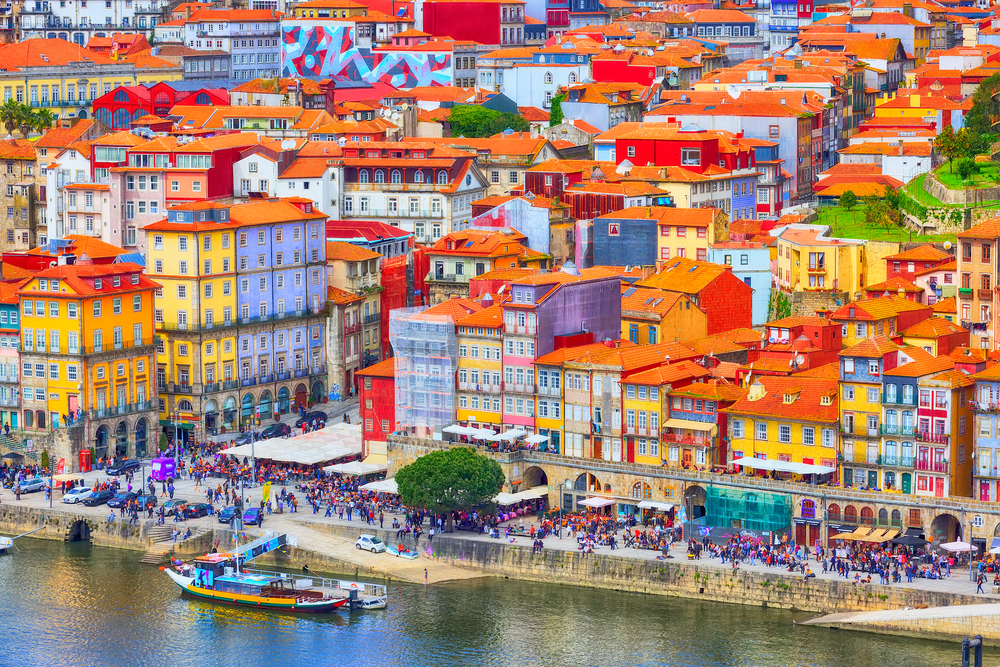
While Lisbon gets more attention, Porto captures San Francisco’s working-class roots and authenticity even more faithfully. The city’s dramatic position along the Douro River creates magnificent vistas comparable to San Francisco Bay, while its distinctive architecture—including intricate tile work and iron balconies—offers similar visual richness.
Traditional industries continue alongside creative newcomers, avoiding the wholesale displacement that transformed San Francisco neighborhoods. The renowned wine culture, vibrant cafe scene, and walkable historic center foster genuine community interactions rather than curated experiences, maintaining the everyday authenticity that once characterized San Francisco’s neighborhoods.
Bologna, Italy

Italy’s great university city combines intellectual energy with sensual pleasure in ways that recall San Francisco’s blend of counterculture and innovation. Bologna’s extensive porticoed walkways create all-weather pedestrian connections throughout the historic center, fostering the kind of street life that animated San Francisco before digital isolation.
The city’s renowned food traditions grow from authentic regional practices rather than marketing concepts, while the large student population ensures continuous creative ferment. Socialist governance for much of the post-war period preserved affordable housing and public services that maintained economic diversity comparable to San Francisco’s earlier eras.
Beyond Nostalgia: Finding New Magic
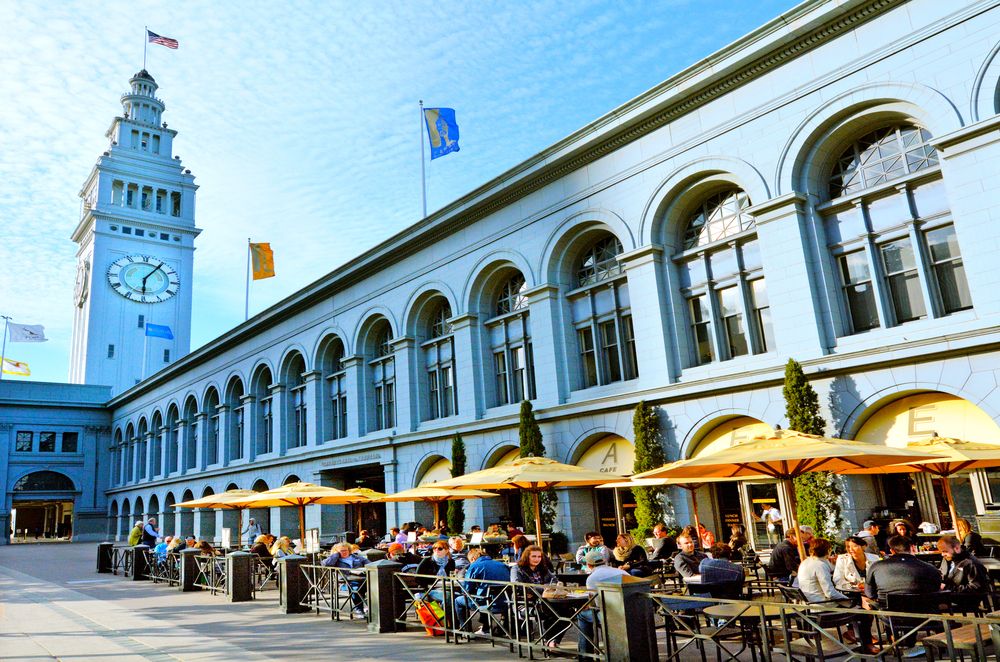
While these cities capture aspects of what made old San Francisco special, they shouldn’t be viewed merely through the lens of nostalgia. Each offers its unique magic rather than serving as a replacement for something lost.
Perhaps the greatest lesson from San Francisco’s transformation is that urban environments constantly evolve—the challenge lies in guiding that evolution to preserve human connection, creative expression, and economic diversity alongside inevitable change.
Like Travel Pug’s content? Follow us on MSN.
More from Travel Pug

- Cities Growing so Fast You Won’t Recognize Them in 10 Years
- 13 Destinations Where Tourists Regularly Regret Their Trip
- 16 U.S. Cities That Are Quietly Becoming Travel Hotspots
- Where to Travel If You Love Long Bus Rides and Daydreams
- 20 Cities Perfect for Solo Travelers Who Crave Adventure & Culture
Like Travel Pug’s content? Follow us on MSN.
